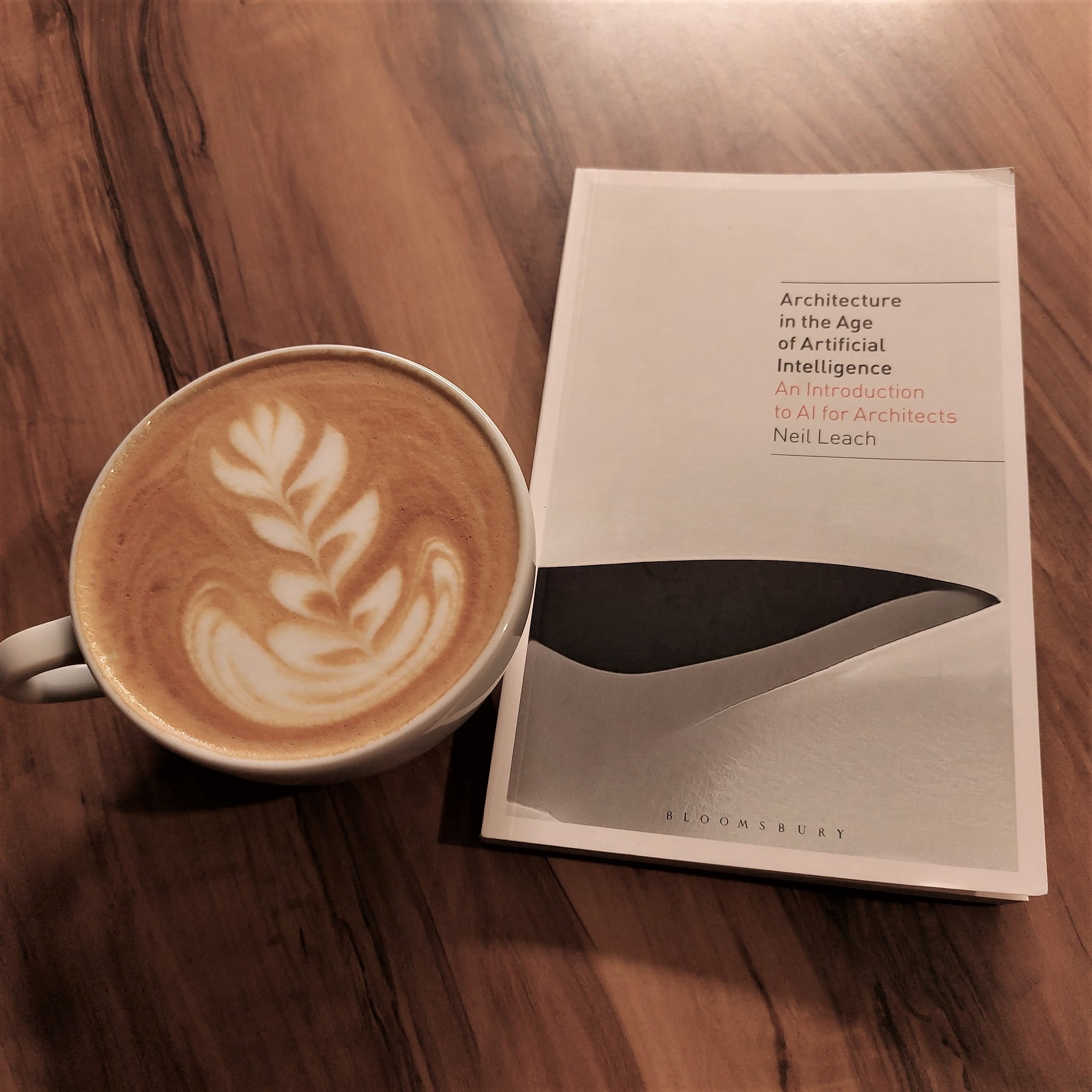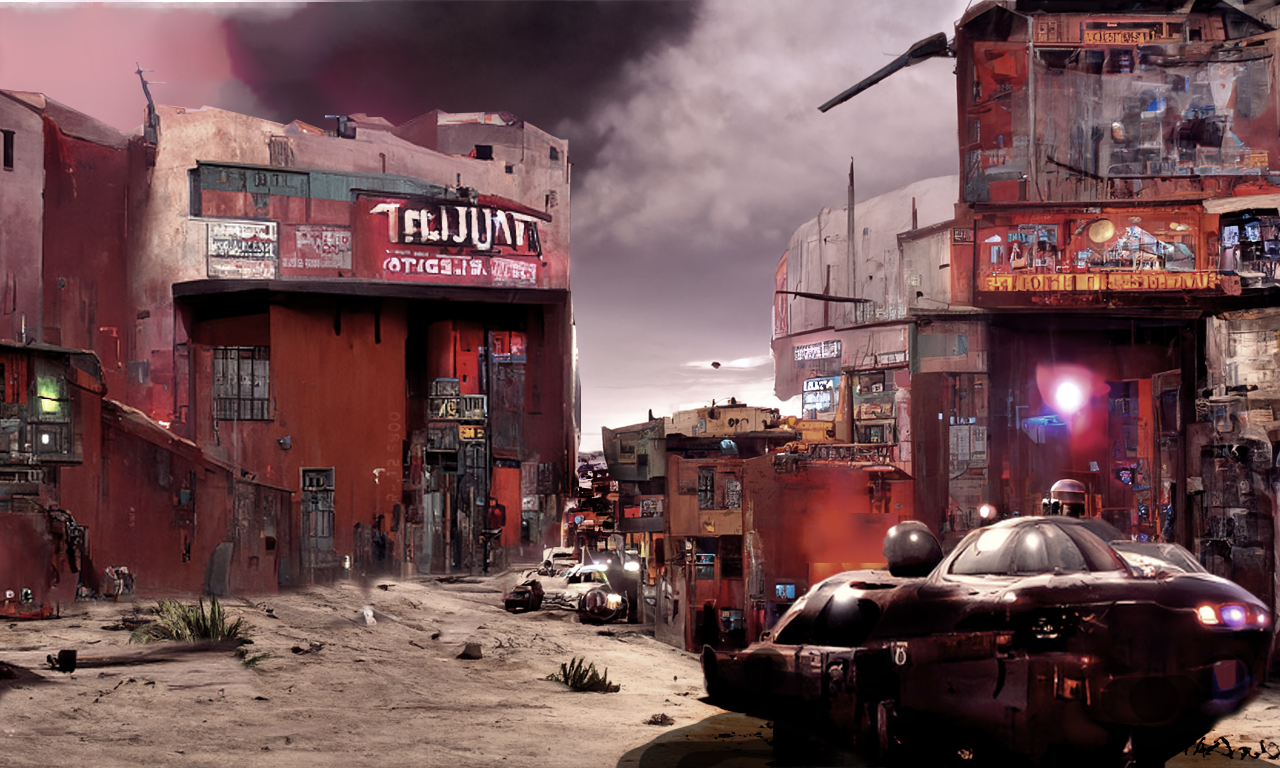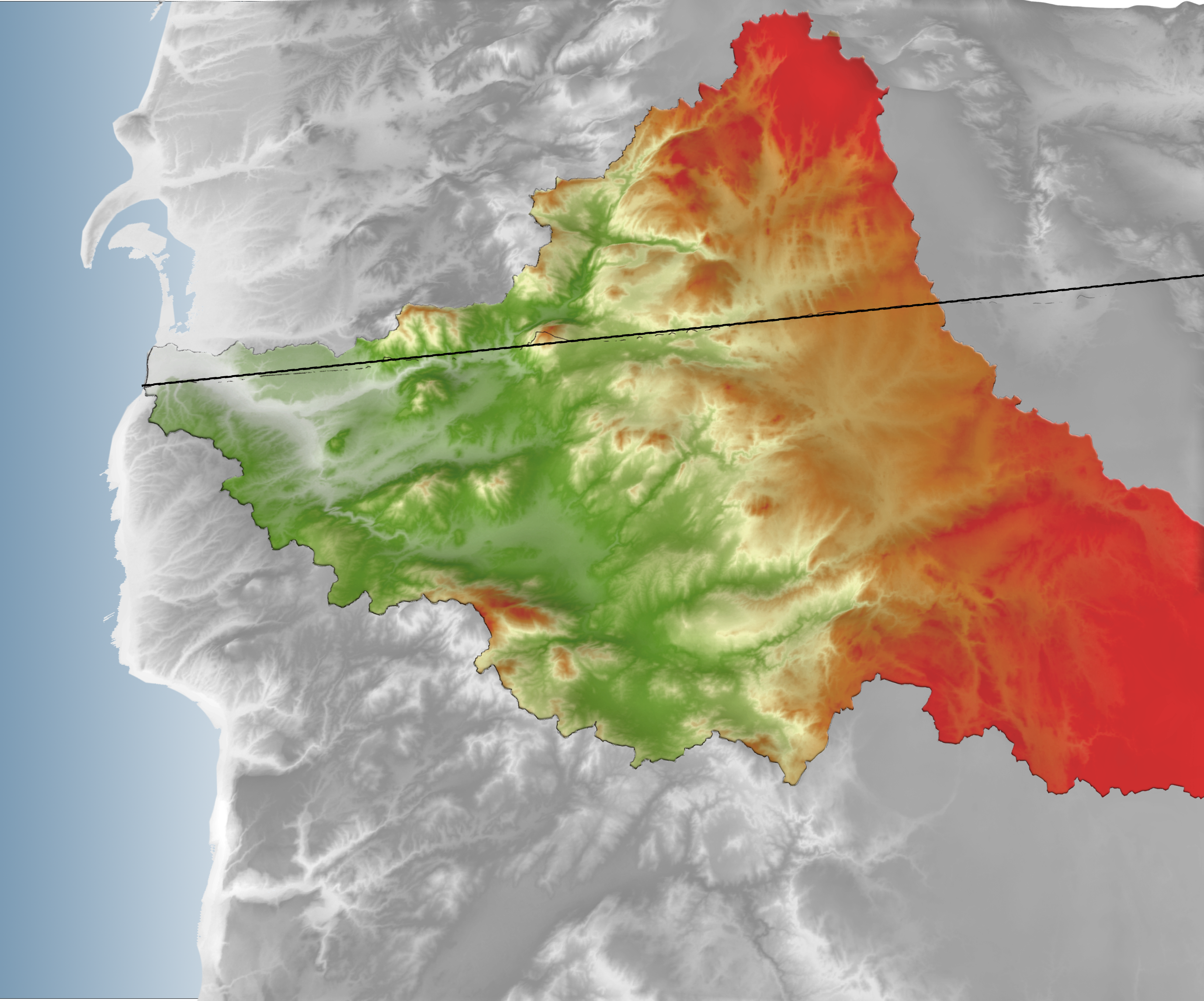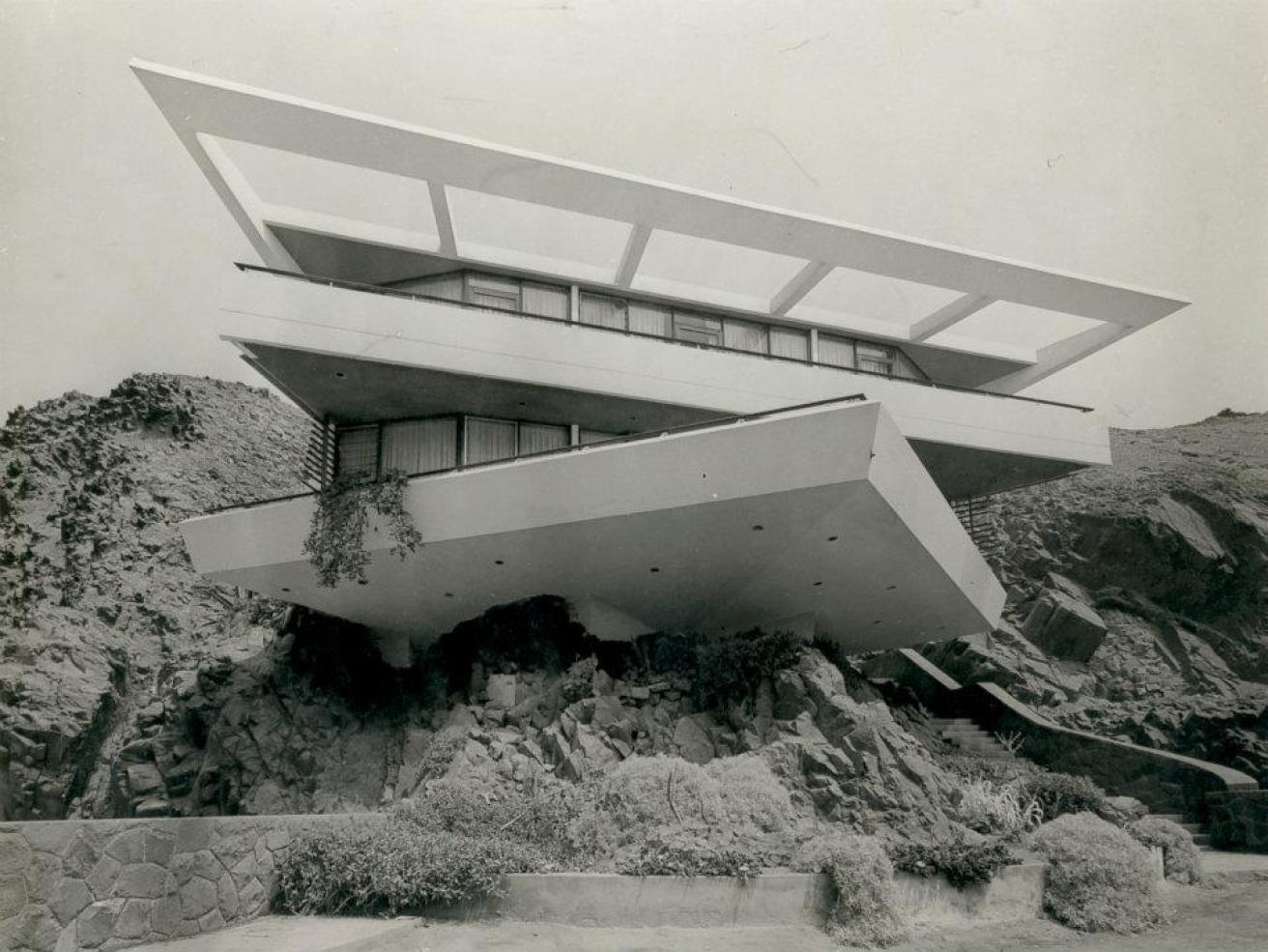Thanks to Melisa Arreola for letting me make the music video for her song Azul. The video was rendered in Kaiber and put together in Adobe Preimere. Find her music on instagram: @cuartopaisaje
Author: Rperalta
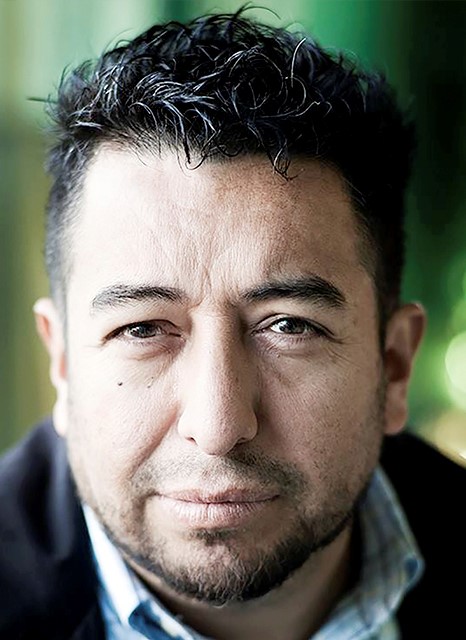
July 11, 2023
Today, Tijuana brims with joy and nostalgia as we dive headfirst into the celebrations at the Tijuana Book Fair. Among the lively chatter and the rustle of pages, we took a moment to honor and remember an extraordinary writer – Rafa Saavedra.
A small but lively crowd of friends came together, reminiscing about Rafa – the writer, the blogger, the DJ, and, perhaps above all, the ardent lover of Tijuana. Rafa knew the city like the back of his hand, understanding it better than any city planner I have ever met. Rafa was not just my friend. He was a beacon of inspiration and one of my favorite writers from the late 20th-century Tijuana scene.
Envision a blend of Guy Debord and Mark Fisher’s insights, articulated with the linguistic flavor of Spanglish – that was the essence of Rafa. He was our urban explorer extraordinaire, spontaneously venturing through the cityscape and a skilled critic of popular culture and everything under the ‘alternative’ sun.
While I dearly miss his spirited presence, prolific work, and boundless enthusiasm for Tijuana – a city that can be as demanding as it is inspiring – I feel a sense of gratitude. Rafa, with his infectious love for our city, was the catalyst that sparked this very blog into existence. Moreover, with joy in my heart today, I dedicate this short post to his vibrant memory.
Remembering Rafa is not about mourning; it is about celebrating a life well-lived and cherishing the rich legacy he left behind. Rafa continues to inspire and motivate us all through his words, music, and his love for Tijuana. Here is to Rafa – our guide, friend, and Tijuana’s indomitable spirit!
Rene Peralta
With a heart full of appreciation, I am delighted to share the uplifting thoughts and memories that my friends have fondly recounted, a full decade since Rafa’s departure.
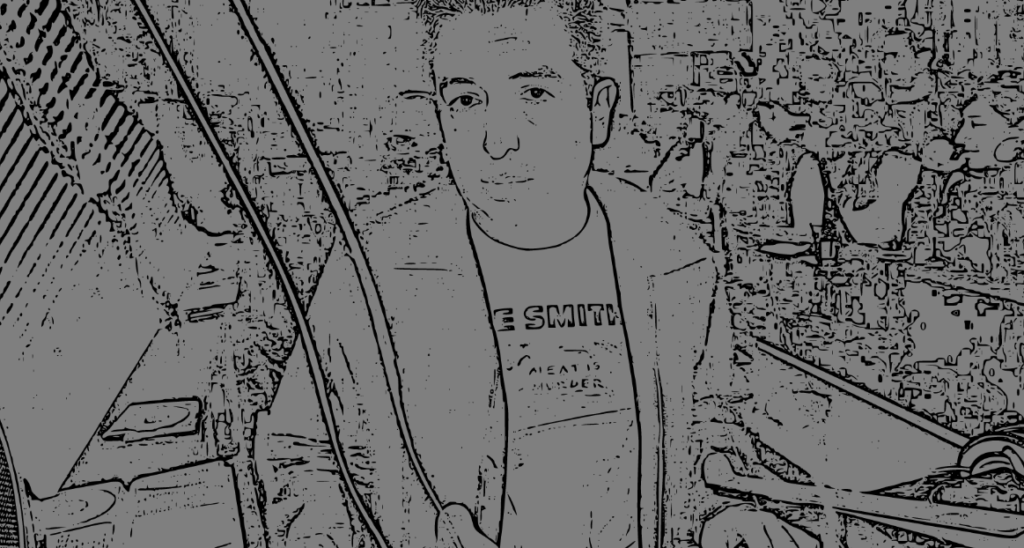
Rafa Dro is dead! (Acamonchi remix)
July 11, 2023
by Ejival
Una década sin Rafa Dro.
Sorprende que en estos 10 años existan todavía detractores a su obra literaria y a su pasión por compartir su gusto musical personal. Pero pals, nadie inventó el hilito negro por el que algunos sienten tener monopilio.
Fanzineros, bloggeros, popnediscos y beyondeados unite and take over!
Litera fakers, pop faders, punk wannabes y crypto broh scammers, hand it over!
Fuimos sus compas. Supimos sus puntos débiles, sus fortalezas, miedos y también nos decepcionó como amigo. De la misma forma nos salvó con su twisted humor y fuimos referenciados en sus cuentos. Nos mató antes de que pudiéramos ignorarlo en la pista de baile, such is life, people. Shoot first, always, like Han Solo!
Sin duda, desaparecimos antes que él mediante nuestras decisiones personales, al vivir al día, al enamorarnos, al tener hijos y luchar por una relevancia que a lo mejor ni era necesaria. Y en ese inter Rafa Dro sigue presente en sus forever 46 años, neutralizado por rayos gamma, industrializado en pegatinas, momificado en catálogos literarios y siempre eterno en sus ediciones out of print.

¿Qué hubiera sido de Rafa en estos últimos 10 años?, ¿habría tomado su post-grado en Italia y desde allá seguir fulminando preceptos y conceptos con misivas killers? o ¿hubiera sido otra víctima del capitalismo tardío o formado parte de la 4T? No lo sabemos, amicis. Lo que sí sabemos es que hubiera habido un hot take para cada situación a la que nos hemos enfrentado en tiempos recientes, desde el micro fascismo en redes sociales hasta la vasta desinformación ocasionada por tanta información. A lo mejor hubiera escapado a una playa remota, a seguir fotografiando esos remanentes del consumo que aparecían a los largo de sus caminatas. Life casting is like a warm gun of happiness.
Musically, estaría everywhere, como siempre, inventando nuevos géneros, encontrando nuggets sonoros en pequeñas sinfonías populares y comulgando amablemente con el excesivo uso del autotune en la música comercial (Rafa loved vocoder songs).
10 años sin Rafa Dro, 10 años de un centro en Tijuana que ha sido comprado, cooptado y gentrificado verticalmente hasta el hastío. He would have hated it, that’s fer sure. Hubiéramos dinamitado juntos cada torre erguida por el cártel de la especulación inmobiliaria. Maybe there’s still time.
Rafa Dro is dead, boys and girls,
And it’s so lonely on a limb…
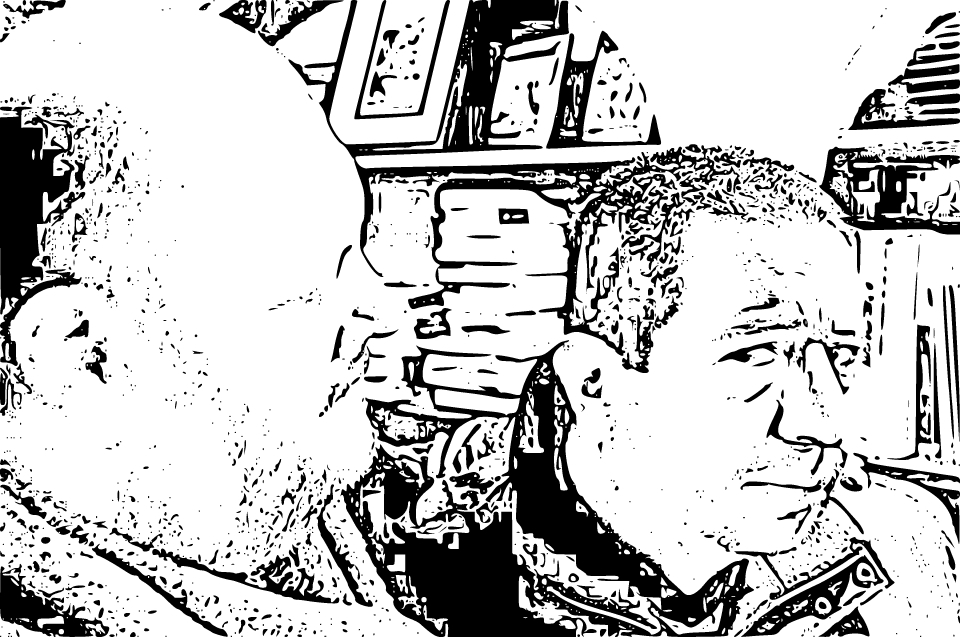
Texto sobre Rafa Dro leído durante el Homenaje a Rafa Saavedra en la Feria del Libro Tijuana, julio 11 del 2023. Input adicional por Gerardo Yépiz (Acamonchi) y The Smiths.

RAFA SAAVEDRA Y LA FERIA DEL LIBRO
By Luis Humberto Crosthwaite
(Texto leído durante el homenaje a Rafa Saavedra, realizado el 11 de julio en el Centro Cultural Tijuana, durante el marco de la Feria de Libro Tijuana.)
Rafa Saavedra y yo navegamos por muchos años en el mismo barco de amistad y literatura. Había entre nosotros no solo camaradería sino admiración mutua. No lo decíamos, por supuesto, porque se supone que no es de machos decirse esas cosas empalagosas, pero demostrábamos nuestra admiración en cada oportunidad. En 1997, inauguré un proyecto editorial con su segundo libro de cuentos, Buten smileys. Me maravilla su escritura pero, sobre todo, su profundo amor a la Tijuana que él orgullosamente llamaba su city.
Rafa fue polifacético y se enfrentó al arte desde distintas disciplinas. Me quedo con cada una de sus facetas, pero quizás la que más admiro tiene que ver con la forma en que defendía sus ideales, su compromiso con la comunidad y su lealtad a sus amigos, amigas, alumnos y alumnas.
Para mí es difícil olvidar que han pasado 10 años desde que se nos fue Rafa. Ese mismo año murió mi mamá, en febrero. Entonces yo vivía lejos de la ciudad y a alguien se le ocurrió dedicarme un inmerecido homenaje durante la feria del libro. Imaginen ustedes el profundo pesar que yo cargaba en el alma, regresando a Tijuana y recorriendo las mismas calles en donde Aurora me había llevado de la mano cuando era niño. Llegué muy triste a la feria y ahí me encontré con Rafa Saavedra. Había escuchado acerca de mi pérdida y me miró con una sonrisa triste, me dio palmaditas en la espalda, como solía hacerlo, y no me dijo más. Sabía que no había palabras para rellenar esos huecos. Estuvo entre el público durante el homenaje y nunca más lo volví a ver. Aurora murió en febrero y él en septiembre.
A través de los años, más de una vez me tocó presenciar eventos en los que Rafa lanzaba duras críticas cuando descubría incongruencias. Incluso mencionaba a personajes específicos del ámbito educativo y cultural de Tijuana. Era de personalidad serena, pero rudo cuando se requería; no le temía al enfrentamiento ni al desafío cuando sentía que había una causa justa que defender. Me llegué acercar a él, después de un evento, y comentarle que sus palabras habían sido muy duras. Él me contestaba: “se tenía que decir” y ni cómo alegarle.
Es por esto que considero que Rafa no se detendría en criticar a la Feria de Libro Tijuana. Estaría aquí, entre nosotros, señalando puntos específicos. Por ejemplo, que los tijuanenses nos merecemos una feria mejor.
En honor de Rafa, de su espíritu aguerrido y su claridad de pensamientos, haré lo mismo:
Hace unas semanas asistí a la Feria del Libro de la Frontera en Ciudad Juárez y me asombró la dedicación y entrega de sus organizadores. Representadas estaban no solo las más grandes editoriales comerciales sino también varias de las independientes; también estaban ahí editoriales pequeñas de otros estados, que no podían costear su traslado pero que recibieron un generoso apoyo. La feria de Juárez tenía un impresionante programa de actividades, 60 páginas que incluían talleres gratuitos, presentaciones de libro, un encuentro de escritores policíacos, otro de traducción literaria. El presupuesto fue generoso, todo un logro de los juarenses, que no permiten que la Secretaría de Cultura estatal regateé la inversión, por más que año tras año lo intente. La feria fue organizada por el gobierno de Chihuahua (panista), con un amplio apoyo del gobierno municipal (que no es panista), así como el Colegio de Chihuahua y la Universidad Autónoma de Ciudad Juárez. El resultado fue un trabajo conjunto, dirigido a la comunidad.
Fui testigo de un evento fenomenal, que me entusiasmó; pero que a la vez me hizo sentir una tremenda envidia: ¿por qué esa ciudad fronteriza tiene todo eso y nosotros no? ¿Acaso no lo merecemos?
A diez años de la muerte de Rafa Saavedra, la Feria del Libro Tijuana está dedicada ¿a quién?, ¿a Julio Verne? ¿Por qué? La respuesta es sencilla, según la Unión de Libreros que controla esta feria: porque los libros de Julio Verne sí se venden.
Aunque están ellos en su derecho de hacer todo lo posible por aumentar sus ventas, ¿por qué entonces se llama Feria de Libro Tijuana? Si este evento representara realmente a los tijuanenses, ¿no debería estar la cara de Rafa en estos carteles? ¿Quién nos representa más: nuestro querido Rafa Saavedra o un escritor francés del siglo XIX?
Esta incongruencia hace aún más evidente que la Feria del Libro Tijuana no representa a la ciudad mencionada en su nombre. Su finalidad no es promover a la cultura (ni siquiera la lectura) sino vender libros. El libro es un objeto cultural, cierto; pero es evidente, en este caso, que no son promotores culturales quienes lo comercializan.
Muy lejos en el pasado, y en el olvido, han quedado las ferias que organizaba Alfonso López Camacho, librero y auténtico promotor cultural, quien inició este proyecto en los años ochenta por amor a la ciudad. Estamos muy lejos de la feria de libro que se instaló en la avenida Revolución, luego en la calle Ocho y hasta en Plaza Río, donde tuve la oportunidad de compartir presentaciones con Rafa Saavedra. En los últimos años no es más que un tianguis, donde los libreros sacan sus saldos y donde los libros están más caros que en las propias librerías.
Lamentablemente, esta feria que no nos representa ni se interesa por la comunidad, lleva el nombre de Tijuana, y se protege bajo la bandera del PEOR ES NADA. “Peor sería no tener feria”, dicen algunos. Pues ahora es como si no la tuviéramos. Los libreros tienen un espacio amplio para incrementar sus ventas, pero Tijuana no tiene feria del libro.
Acuso no solo a la Unión de Libreros de secuestrar el nombre de Tijuana para un evento estrictamente comercial sino a las instituciones culturales de los tres niveles de gobierno, que lo han permitido.
Acuso tanto al CECUT, como al IMAC y a la Secretaría de Cultura estatal de lavarse las manos, apoyando este evento de la iniciativa privada, por no querer organizar e invertir en la feria que Tijuana se merece.
La desorganización y el abuso continuarán mientras que el gobierno y la ciudadanía lo permitan.
La imposición de la Unión de Libreros, que se ha instalado como una rectoría sobre este evento, es un acto antidemocrático que debería avergonzar a los gobiernos morenistas.
Creo con firmeza que Rafa Saavedra hubiera sido más duro y más lúcido que yo al afirmar que el círculo vicioso que se ha formado entre libreros y gobierno debe terminar cuanto antes.
Nunca seré como otros que critican a la feria tras bambalinas. Mi compromiso, de ahora en adelante, es hacerlo desde la feria misma cuando me inviten a participar en ella, y desde afuera cuando no lo hagan.
Tijuana es la frontera más cruzada del mundo, es nuestra casa y nuestro orgullo. Tijuana es cultura, es la city de Rafa Saavedra.
En honor a nuestra Tijuana, merecemos una feria digna e inclusiva, que no responda a los intereses de unos pocos sino que sea realmente para todos.
Y en honor de Rafa Saavedra, esto se tenía que decir, y se dijo.
I am honored to participate as Juror in Archinects Ai Storytelling challenge.
To mark the beginning of our series, we are also excited to launch our Generative Futures: An AI + Architecture Storytelling Challenge. This timely competition invites entrants to imagine the future of architecture and the built environment through artificial intelligence. Open to all and judged by a stellar jury of figures from the design world, the competition aims to foster a dialogue on the relationship between AI and architecture, addressing its potential opportunities, challenges, and implications on creativity, cities, and humanity.

I had the opportunity to participate in a panel at the Southern Chapter of the Society of Architectural Historians’ 40th annual conference in Memphis, TN.
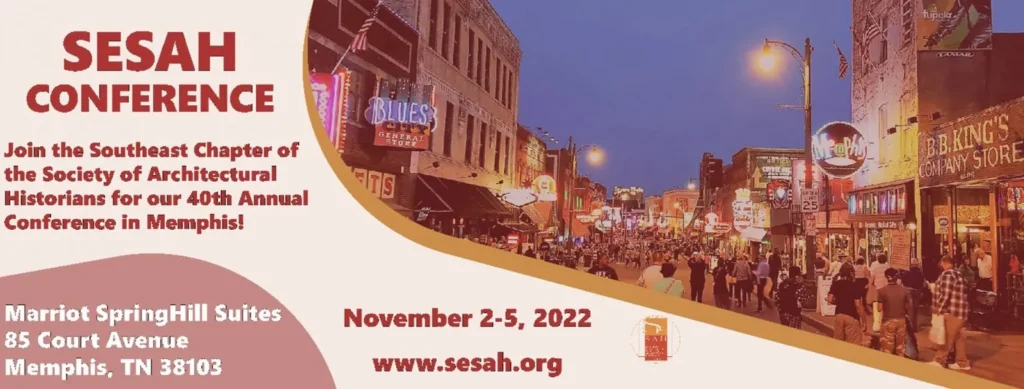
Session 3B – Emerging Architectures and Urbanisms in Latin America (Rene Peralta, moderator)
In this session, attendees will learn about historical and recent changes in the architectural and built environment of cities in Latin America that shifted focus away from traditional urban planning and design schemes towards more vernacular and culturally specific approaches to the design of the cities. Presenters from Mississippi State University, Arizona State University, and The University of Oklahoma will discuss the dynamic changes that altered the architecture of Latin American cities and the architectural consciousness of the regions.
• “Informal Housing: An Evolving Architecture of Social Justice” – Silvina Lopez-Barrera
• “Emergent Botanical Gardens in Colombia: Case Studies of Orquideorama and Tropicarium” – Felipe Mesa
• “Emerging Architecture Praxis from the Borderlands” – Rene Peralta
Introduction
In 1974, Donald Appleyard, a landscape architect from UC Berkeley, and Kevin Lynch, an urbanist from MIT, visited the Tijuana / San Diego region. During their visit to Southern California, they produced a report and recommendations for a vibrant and sustainable San Diego urban future. Their objective was to ensure that the territory and city could be transformed into a “Temporary Paradise.”
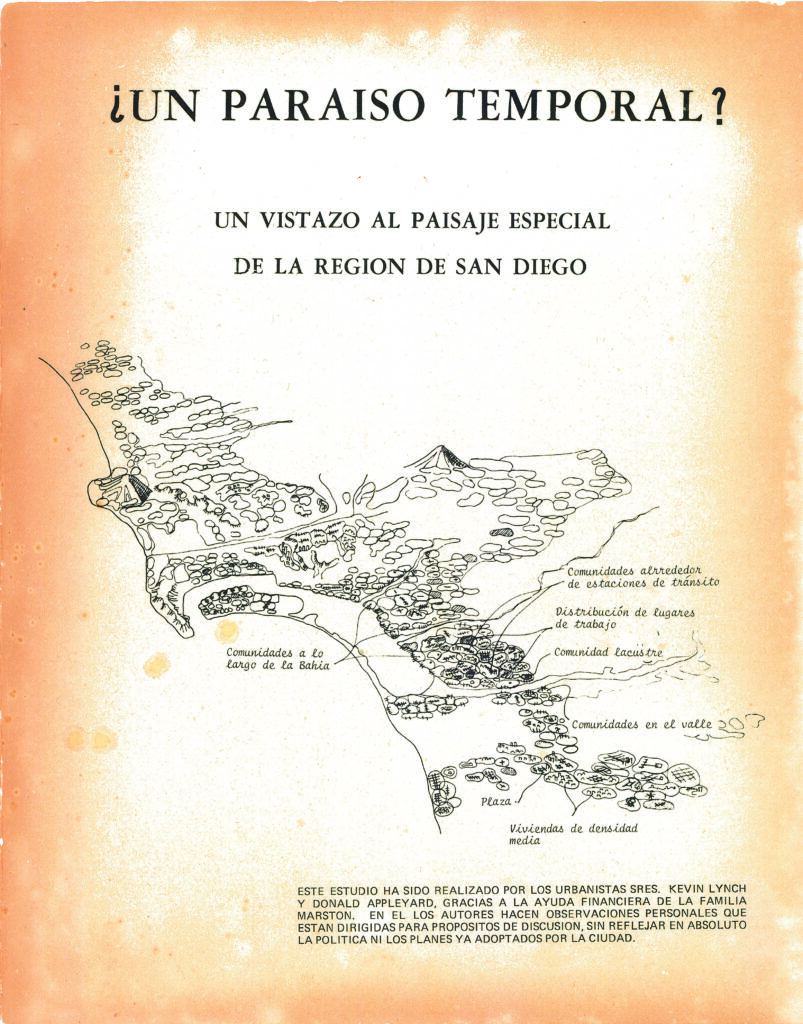
Appleyard and Lynch authored Temporary Paradise, a 51-page report that considered Tijuana part of a broader urban and sustainable vision. In the borderlands, however, they encountered natural gradients running east-west and social gradients running north-south. There was a steepening slope between urban planning and socio-cultural divisions and modes of habitation in the city. All that remained was the shared geography of the Tijuana River watershed. Over time, borders continued to be established.
The Contemporary Imaginaries of the Border
While the border between the nations grows taller and harsher, much abetted by the ill will of global guerrillas, the civil population grows more intimate. Bruce Sterling
Sleep Dealer is a dystopic sci-fi film directed by Alex Rivera in 2008, depicting an impenetrable border between the United States and Mexico constructed from concrete and advanced military-grade surveillance technology. The plot of Rivera’s novel focuses on familiar tropes from the borderlands, including political injustice, labor exploitation, violations of migrant civil rights, and other contemporary conditions exacerbated by future economic inequality and global climate change. This film is in Tijuana (TJ), Mexico’s largest border city, and San Diego, California.
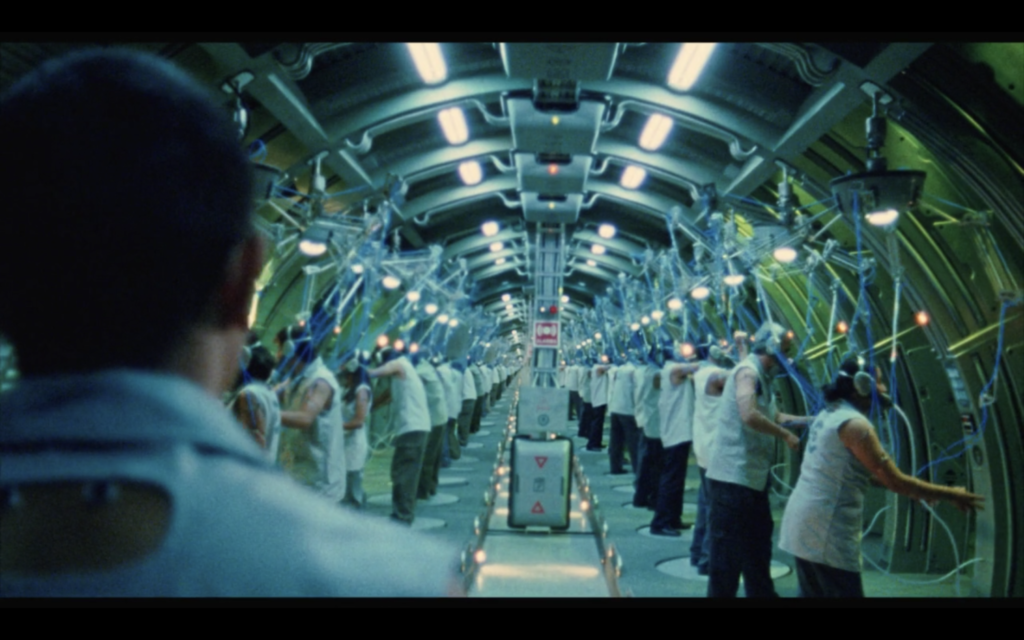
As depicted in the film, dystopian conditions such as the militarized and fortified border between the United States and Mexico were plausible during President Donald Trump’s administration (2017-2021). A series of concrete and steel prototypes of thirty feet were built across the border from Tijuana in 2017.
As a result of these artifacts, several creative responses developed, including performances on-site and video projections across the border fence onto the prototypes. In defiance of this, the city and its artists have adopted the wall as a cultural infrastructure.
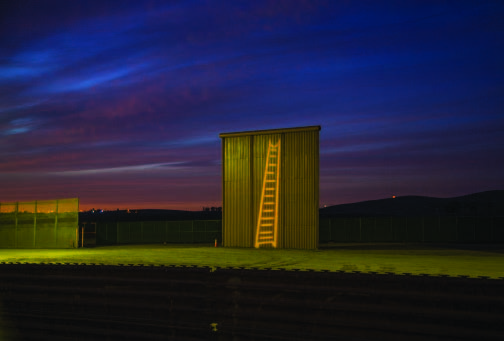
The TJ-SD urban border, like the setting of the film, is a futuristic and dichotomous area of informal industrial (maquiladora) settlements and post-industrial enclaves. The border is very different from what Kevin Lynch and Donald Appleyard imagined.
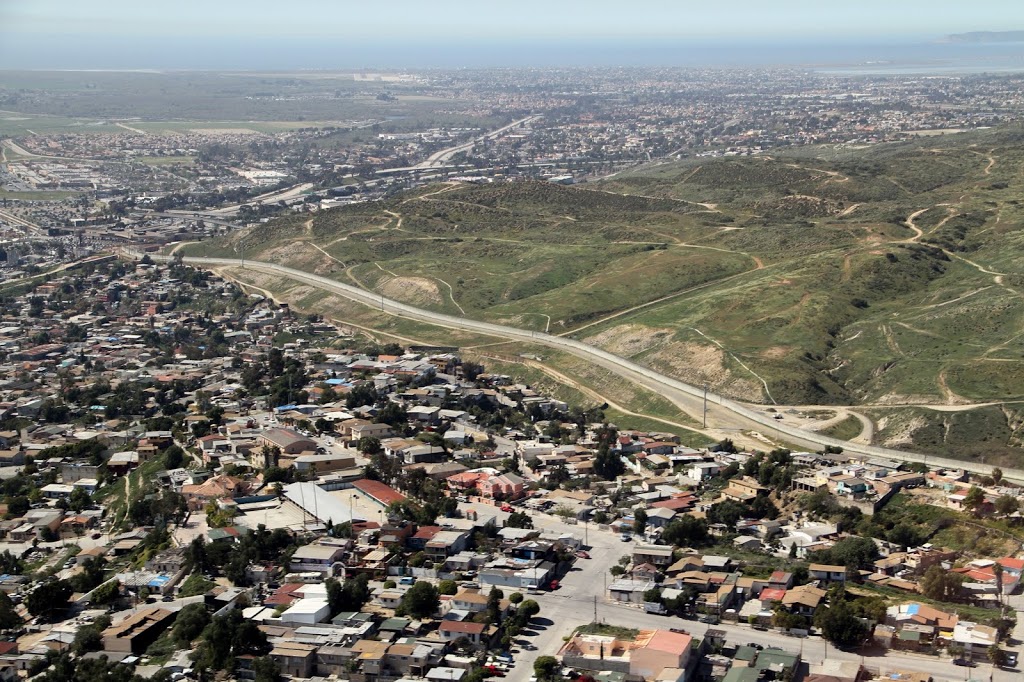
In this region, every so often called the corner of Latin America, the global and the local collide and recontextualize our understanding of border territories. Within this context, the two practices I will briefly describe are examples of creative forms of engagement.
Practices
Estudio Teddy Cruz + Fonna Forman is a research-based practice embedded at the San Diego-Tijuana border. They see this zone as a microcosm of all the injustices and indignities experienced by vulnerable people across the globe: political violence, climate disruption, accelerating migration, rising nationalism, border-building everywhere, deepening inequality, and the steady decay of public thinking.
In recent years they have advocated for a longer view of resistance, a more systemic approach to the drivers of injustice, and more strategic thinking about cultural, institutional and spatial transformation in the border region.
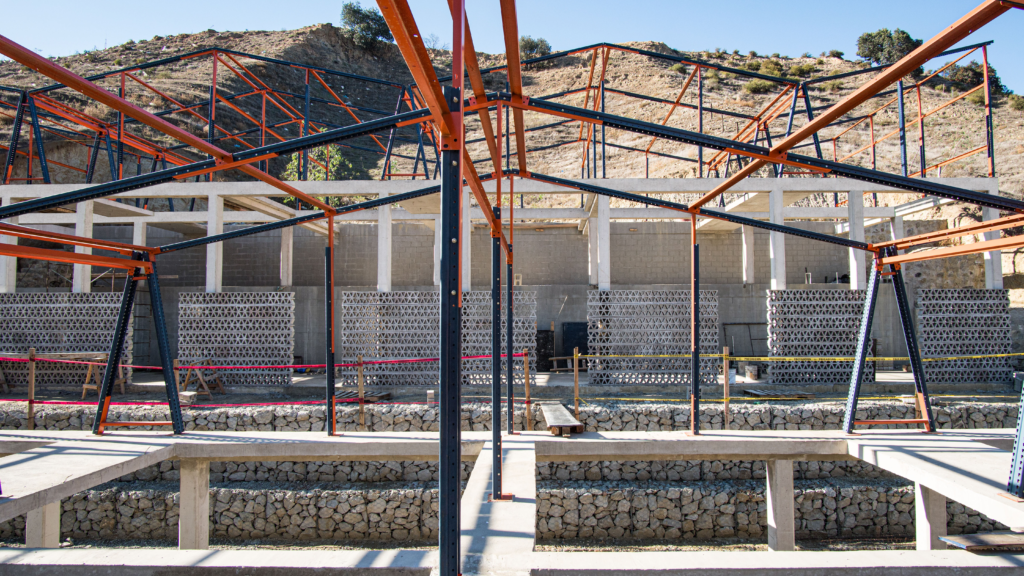
Alejandro Santander and Denise Luna Acevedo lead estudio santander, an office that practices architecture, urbanism, and design through rigorous research of the underlying contemporary conditions as it seeks to delineate potentialities and possibilities of design strategies toward other realities. Additionally, TIOC is a think tank concentrated on research for the construction of possible governance systems through decentralized systems of commitments and the real-time negotiations that organize the resultant temporary morphology of architecture-city. Themes of interest range from Same-Human conditions, alternative coevolution systems, and the construction of xeno-onto-political realities.
They understand border regions as an in-between xeno-reality full of diverse noise that may hint toward possible tangential futures. Moreover, precisely, San Diego-Tijuana is ground zero of the global north and global south where violent frictions of our catastrophic times are crudely manifested and, at the same time, delineate unforeseen possibilities of opportunities for cities and architecture to come.
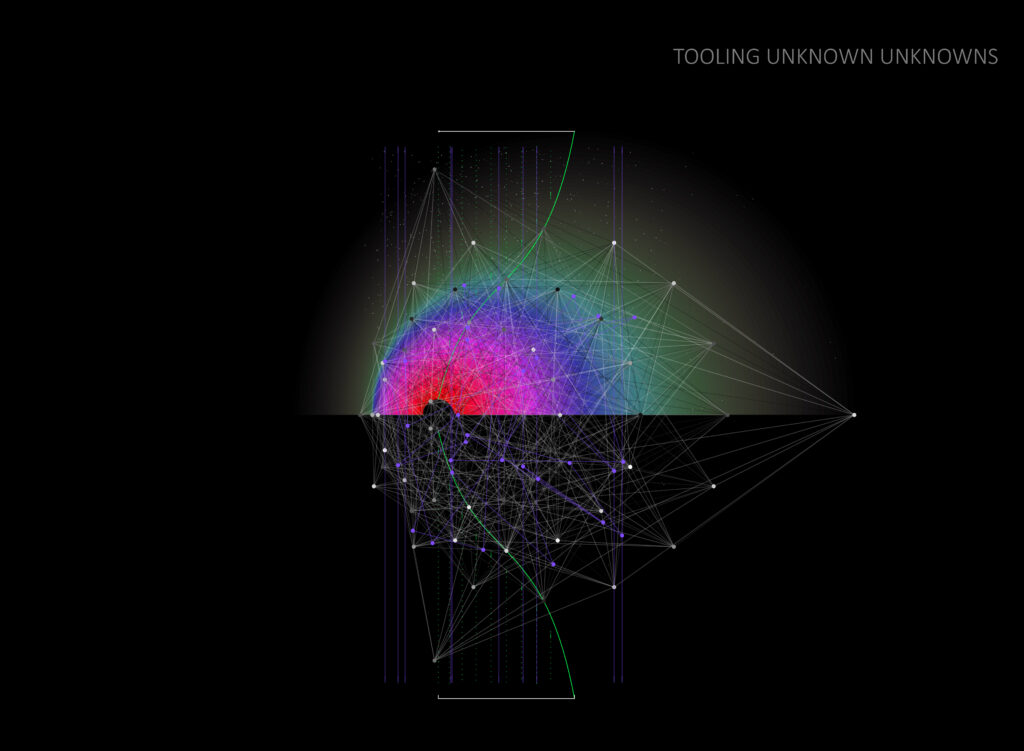
For father’s day, I received this great book and want to share my review of this important work.
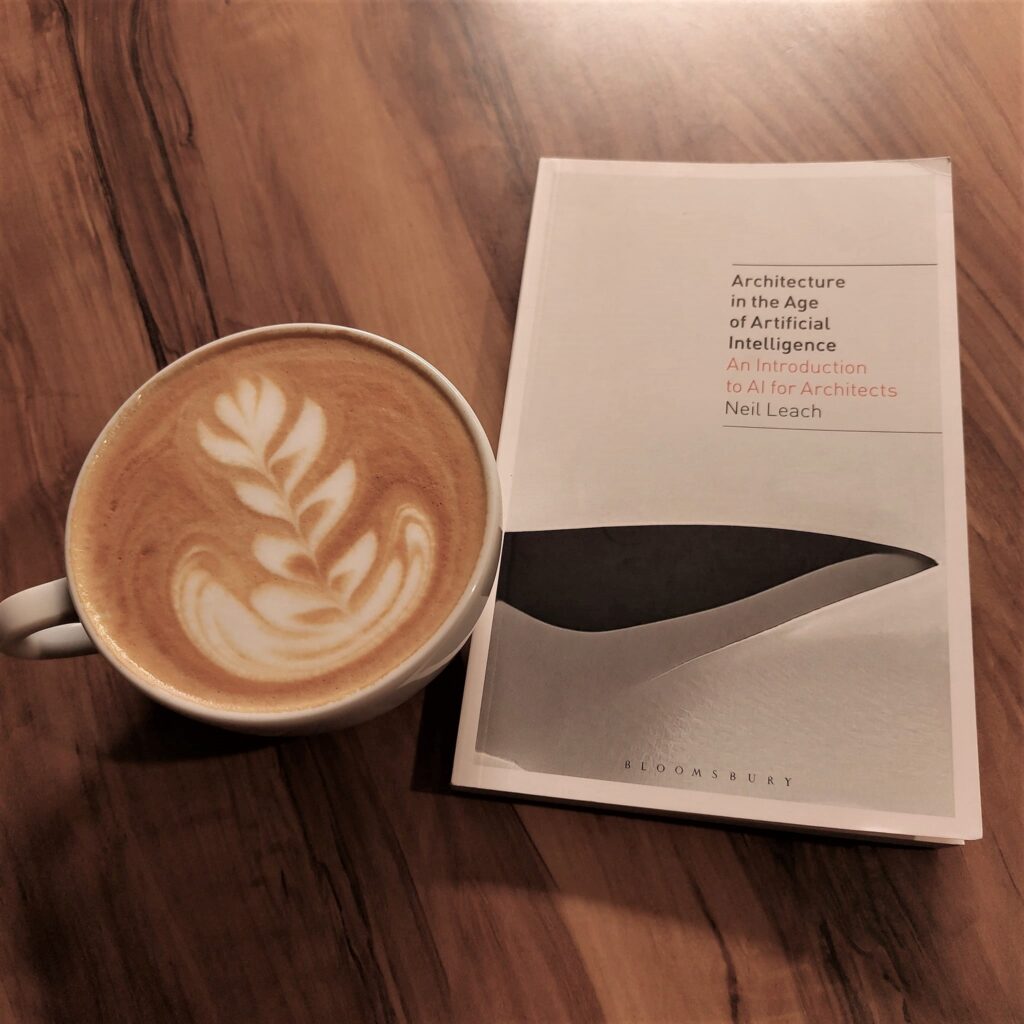
As Neil Leach writes, the development of this book has taken many years. If you are familiar with his career trajectory, you will agree that he always writes well-structured and well-researched books, as any critical scholar should. However, the topic of artificial intelligence in architecture (in both practice and discipline) is a relatively new phenomenon. It may even mark the peak of the digital revolution that began in the early 1990s. Writing a book about a technology undergoing accelerated innovation requires courage; in recent months, we have seen a proliferation of web-based AI applications that use GPT-3 and generative adversarial networks (GANs) that create marketing copy, blog content, and architectural illustrations through text prompt.
Leach begins by recounting the history of artificial intelligence within architecture and media art. He discusses several popular events that have drawn public attention to the technology, such as the Go match between Korean Lee Sedol and Deepmind’s artificial intelligence Alpha Go in 2016. The Ai eventually defeated Lee, the best Go player in the world, and he decided to quit his career. According to Leach, we may have to acknowledge the superior intelligence of Ai. In today’s world. Artificial intelligence is integral to a wide range of gadgets used daily. However, AI presents the paradox that as it becomes ubiquitous, it becomes invisible and operates in the background until it malfunctions, much like many large technological systems (LTS). According to Susan Leigh Starr, infrastructure systems are only visible when they fail.
On the controversial questions of authorship, Leach explores the ethics and potentials of neural networks sampling the creative history of humanity, or at least the one to which the neural network has access during its “training” session. In addition, the author speculates on AI’s potential beyond systematization and ponders its potential to enhance creativity in humans.
In the third and final section, the author examines possible scenarios for Ai in the production of architecture, the managing of smart cities, and the planet’s future. Here is where the book becomes projective and speculates on the approach architects, and designers can take when examining the potential future of AI in our built environment. It is significant to note that Leach does not present an answer to this question but rather lists a decalogue of possible outcomes. These include consequences for the architectural office, the architect’s education, and even the relationship between the architect and client. However, Leach emphasizes a final prediction we must all reckon with—the death of the architect.
Rene Peralta
Reseña del Libro, Architecture in the Age of Artificial Intelligence: An Introduction to AI for Architects. Autor Neil Leach
Para el día del padre, recibí este gran libro y quiero compartir mi reseña de esta importante obra.
Como afirma Neil Leach, la elaboración de este libro ha llevado muchos años. Si estás familiarizado con su trayectoria profesional, estarás de acuerdo en que siempre escribe libros bien estructurados y bien investigados, como debería hacer cualquier académico crítico. Sin embargo, el tema de la inteligencia artificial en la arquitectura (tanto en la práctica como en la disciplina) es un fenómeno relativamente nuevo. Puede que incluso marque el punto cumbre de la revolución digital que comenzó a principios de los años noventa. Escribir un libro sobre una tecnología que experimenta una innovación acelerada requiere valor; en los últimos meses, hemos presenciado una proliferación de aplicaciones de IA basadas en la web que utilizan GPT-3 y redes generativas adversariales (GAN) que crean textos de marketing, contenidos de blogs e ilustraciones arquitectónicas mediante la introducción de texto.
Leach inicia su libro relatando la historia de la inteligencia artificial en la arquitectura y el arte de los medios de comunicación. Analiza varios acontecimientos populares que han atraído la atención del público hacia la tecnología, como el partido de Go entre el coreano Lee Sedol y la inteligencia artificial Alpha Go de Deepmind en 2016. El Ai acabó derrotando a Lee, el mejor jugador del mundo, y este decidió dejar su carrera. Según Leach, quizá tengamos que reconocer que la inteligencia de la Ai es superior. En el mundo actual, la inteligencia artificial es parte integrante de una amplia gama de gadgets que se utilizan a diario. Sin embargo, la IA presenta la paradoja de que, a medida que se hace omnipresente, se vuelve invisible y opera en segundo plano hasta que funciona mal, como muchos grandes sistemas tecnológicos. Según Susan Leigh Starr, los sistemas de infraestructura sólo son visibles cuando fallan.
En cuanto a las opiniones sobre la autoría, Leach explora la ética y el potencial de las redes neuronales para muestrear la historia creativa de la humanidad, o al menos aquella a la que la red neuronal tiene acceso durante su sesión de “entrenamiento”. Además, el autor especula sobre el potencial de la IA más allá de la sistematización y reflexiona sobre su potencial para mejorar la creatividad en los seres humanos.
En la tercera y última sección, el autor examina los posibles escenarios de la IA en la producción de la arquitectura, la gestión de las ciudades inteligentes y el futuro del planeta. Aquí es donde el libro se vuelve propositivo y especula sobre el enfoque que pueden adoptar los arquitectos y diseñadores al examinar el futuro potencial de la IA en nuestro entorno construido. Es importante señalar que Leach no presenta una respuesta a esta pregunta, sino que ofrece un decálogo de posibles resultados. Entre ellas, las repercusiones para el despacho de arquitectura, la formación del arquitecto e incluso la relación entre el arquitecto y el cliente. Sin embargo, Leach hace hincapié en una predicción final con la que todos debemos contar: la muerte del arquitecto.
Rene Peralta
Over the summer, I’ve been playing around with platforms that use AI to generate images from text prompts. First, I started with WomboAi, then graduated to Disco Diffusion, and finally got an invite to Midjourney.
Each platform has a different process, but no coding skills are needed. You’ll need to know some basic digital image-making rules and practice using prompts to get the best results. This prompt vocabulary isn’t based on normal sentences, it’s effects and keywords.
I am in the process of writing a short story (Border Astronaut) that was also developed with the aid of Ai applications that utilize GPT-3 processing, such as Copy.Ai. After completing the story, specific words from the narrative were selected to create the prompts for the illustrations. I am looking forward to exploring the creative and relational possibilities that this technology offers to imagine other worlds. At least in 2D, for the time being.
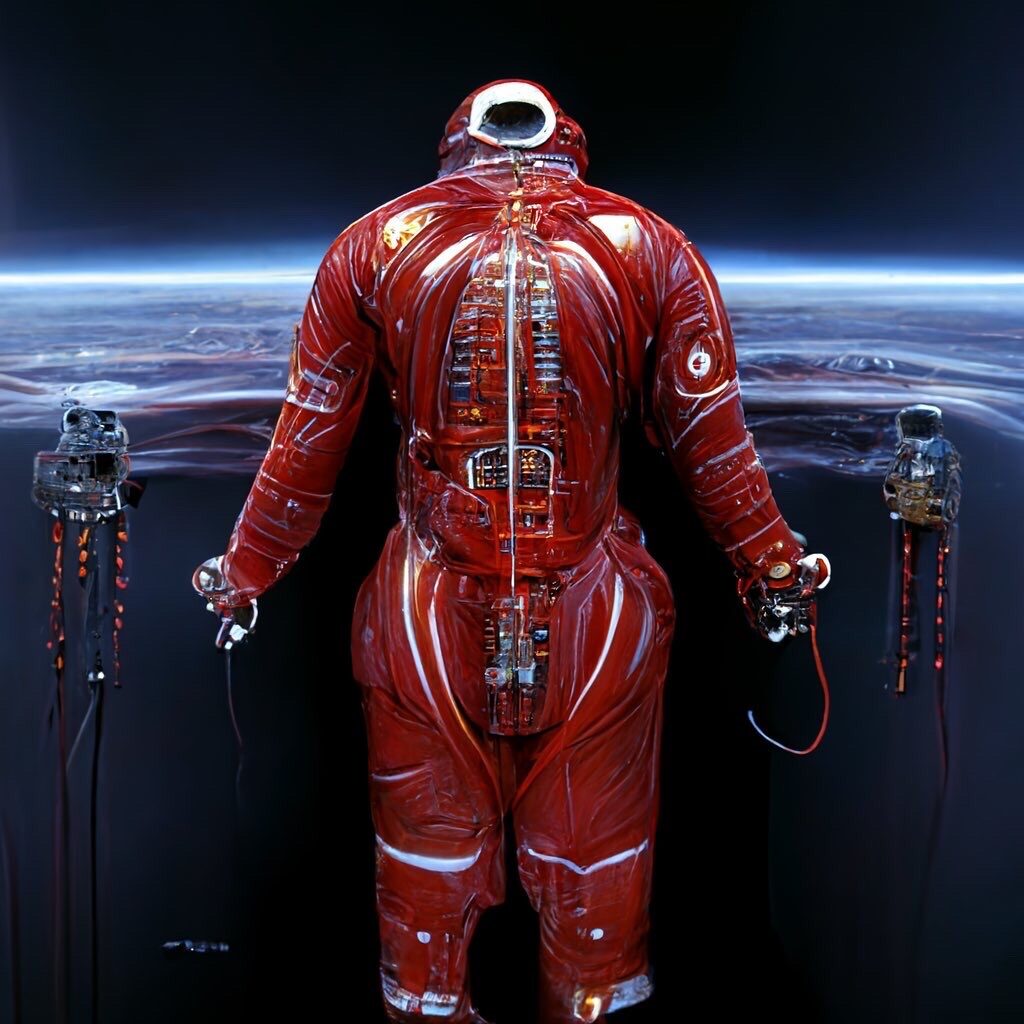
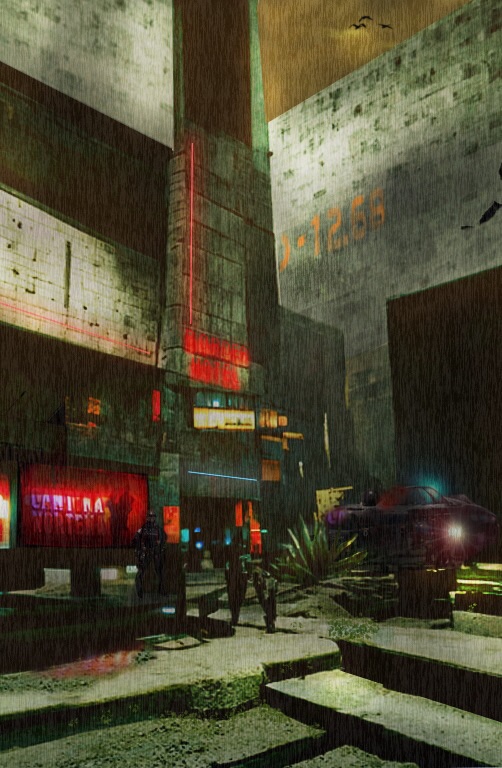
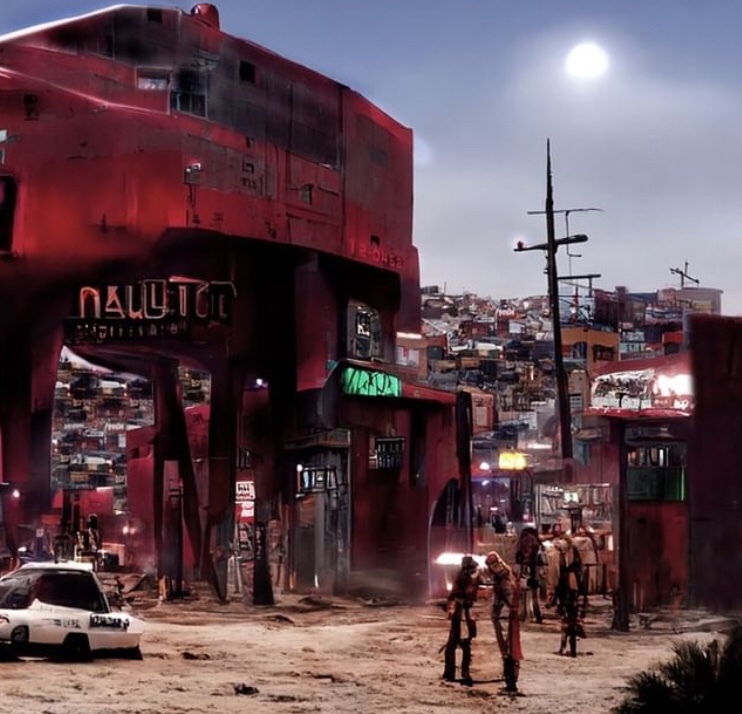
American Planning Association 2022 National Planning Conference
San Diego California, Saturday, April 30, 2022 Location: Ballroom
Division Endorsement: Sustainable Communities Division, International Division
This enduring vision for the San Diego/Tijuana region by Donald Appleyard and Kevin Lynch (1974) inspired almost 50 years of planning innovation and set the stage for a 2-part session. Prominent planners reflect how it influenced policy and regional thinking.
5-minute presentation
Outline
- Tijuana in the 1970s
- TJ’s significant urban challenges
- Tijuana today and the importance of TP.
- The reprinting of TP.
“Nevertheless, we think it is important to recognize that the environment of San Diego is a regional Problem, a region which includes the country, the other local municipalities, and Tijuana. The Problem must be tackled at that scale”. Appleyard and Lynch, 1974
In 1974, Donald Appleyard, a landscape architect from UC. Berkeley and Kevin Lynch, an urbanist from MIT, visited the Tijuana / San Diego region. Their visit to Southern California entailed writing a report and recommendations for a vibrant and sustainable San Diego urban future. The goal was to ensure that the territory and city could become a “Temporary Paradise.”
Appleyard and Lynch authored Temporary Paradise, a 51-page report that included Tijuana within a larger urban and sustainable vision. However, during their visit to the borderlands, they encountered natural gradients from east to west and social gradients from north to south. The slope between urban planning and socio-cultural divisions and modes of habitation in the city was becoming steeper.
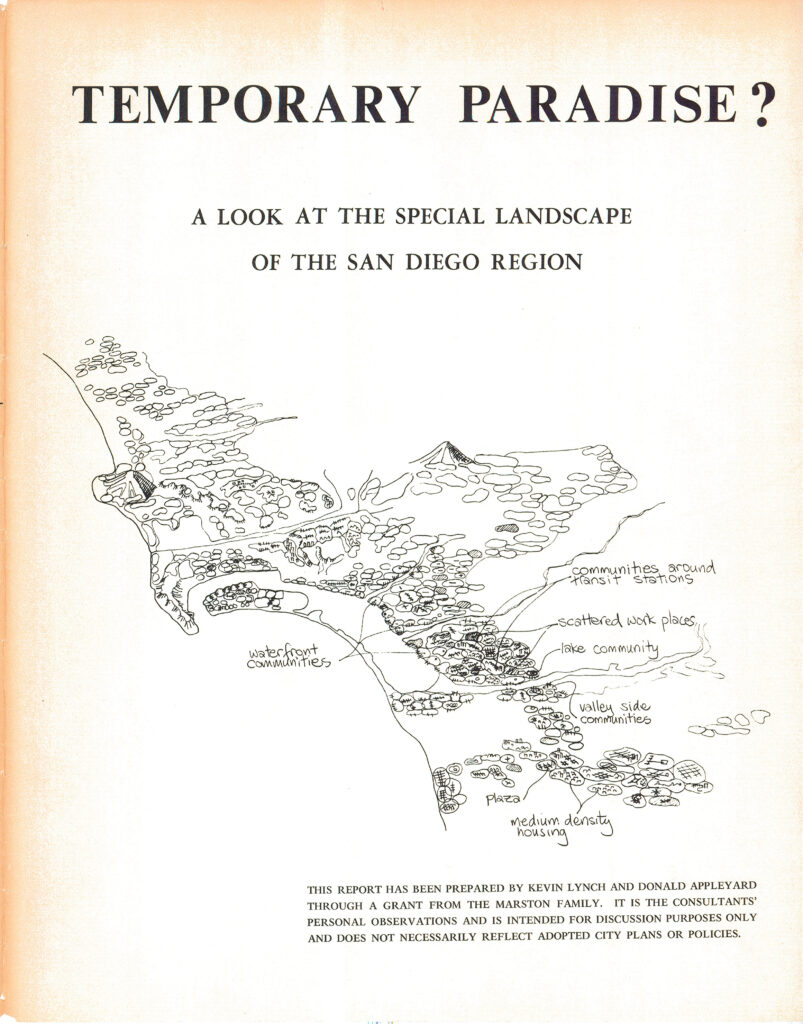
In 1974, Tijuana was about to embrace modernity. As noted by the city’s urban historian David Pinera, the city’s development prior to the 1970s was concentrated in what is now Tijuana’s historical center on the axis of the infamous Revolution Avenue. The rest of the city grew towards the east in steep canyons and the river valleys as informal settlements that became the city’s consolidated neighborhoods.
However, Tijuana and cities along the Mexican border were the focus of the Proyecto Nacional Fronterizo and the Maquiladora Program during the 1960s, which led to the development of the northern border region, a global site for industrial development adjacent to the world’s largest consumer market.
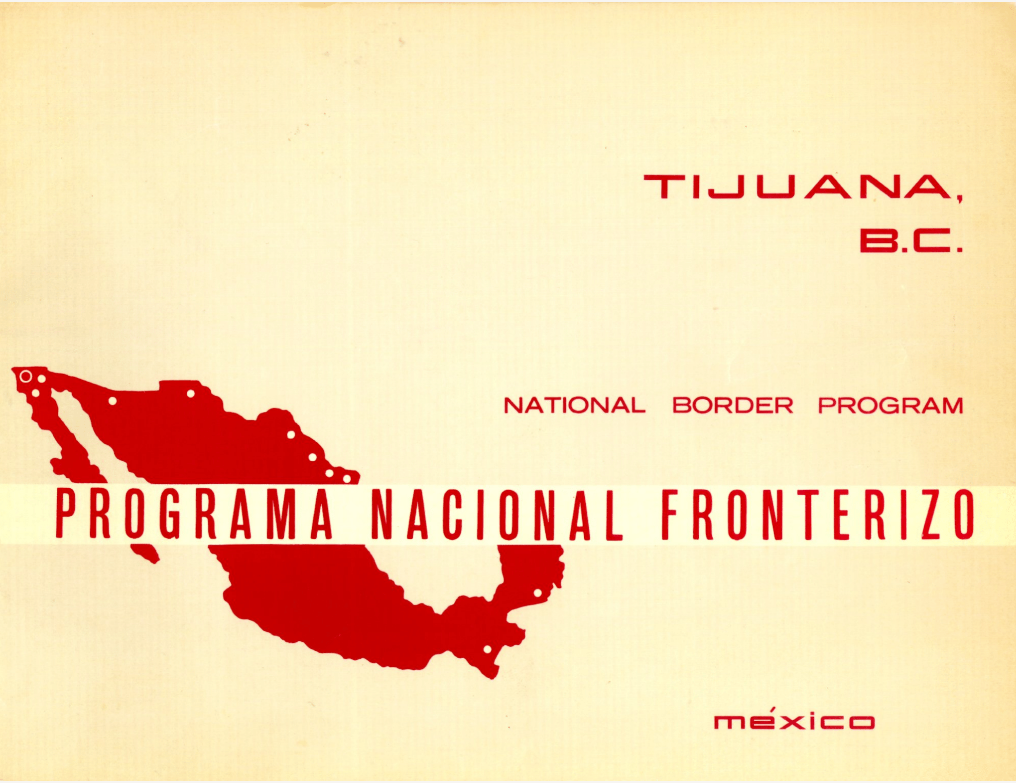
Appleyard and Lynch saw a kafkaesque transformation of the small tourist town – “America’s Bargain Basement of Sin” as portrayed by Hollywood. On the date of the publication of TP, 1974, the Tijuana River Canal was in the course of being built to provide access to a newly urbanized and Mexicanized downtown. The Tijuana River Channel project was one of the nation’s most significant urban projects, as it involved 400 hectares of land in the first phase. To the vast majority of the country, Tijuana was a foreign region. For many, it was more of an American city controlled by a Mexican government.

In TP, Lynch and Appleyard note that one of the major obstacles is that official maps appear blank at the border. Even today, when one attempts to map the shared geographical areas of both cities on a single map, the mapping standards are significantly different. In addition to physical factors and geographic isolation, the authors point out that San Diego and Tijuana can form joint institutions that “emphasize cultural, planning, and academic exchanges.” In reality, the border has been hardened and shut down in some instances. For example, during the events of 9-11 and the beginning of the Covid19 pandemic
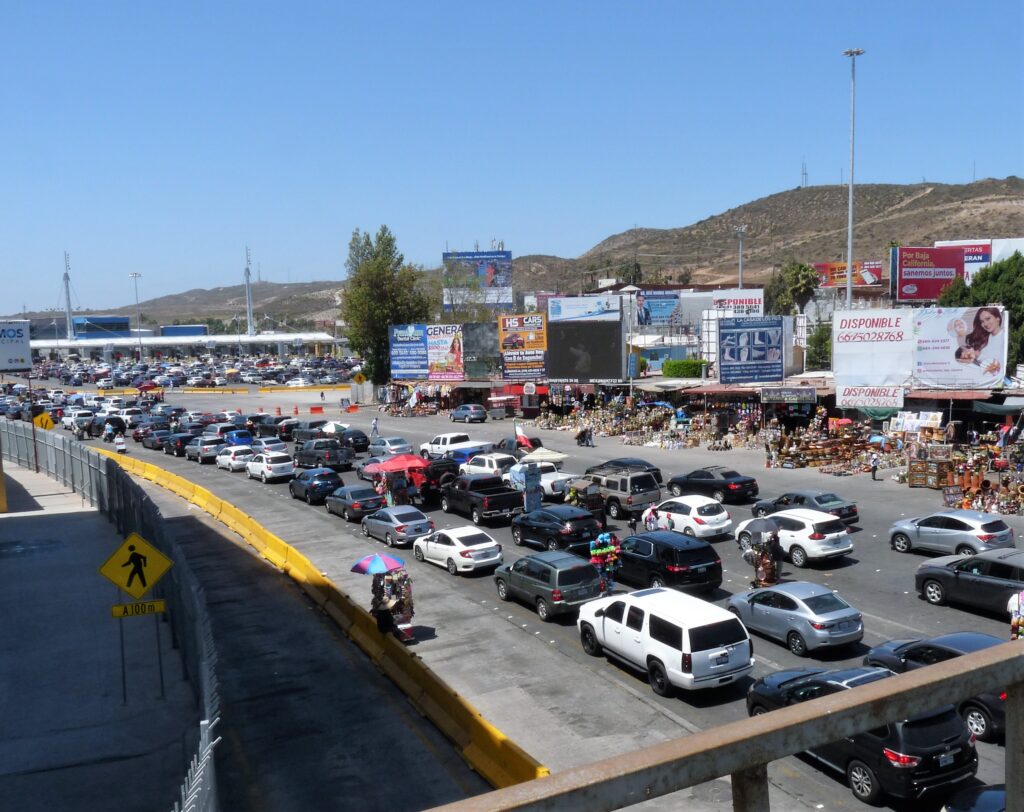
In 2018, continuing the collaborative approach described by Lynch and Appleyard in TP, three major cross-border institutions joined in republishing this critical document. For two years, El Colegio de la Frontera Norte (COLEF), San Diego State University (SDSU), and Citizens Coordinate for Century 3 (C3) worked together to reprint and append contemporary perspectives from local experts. Some of them are on this panel today (APA NPC 2022).
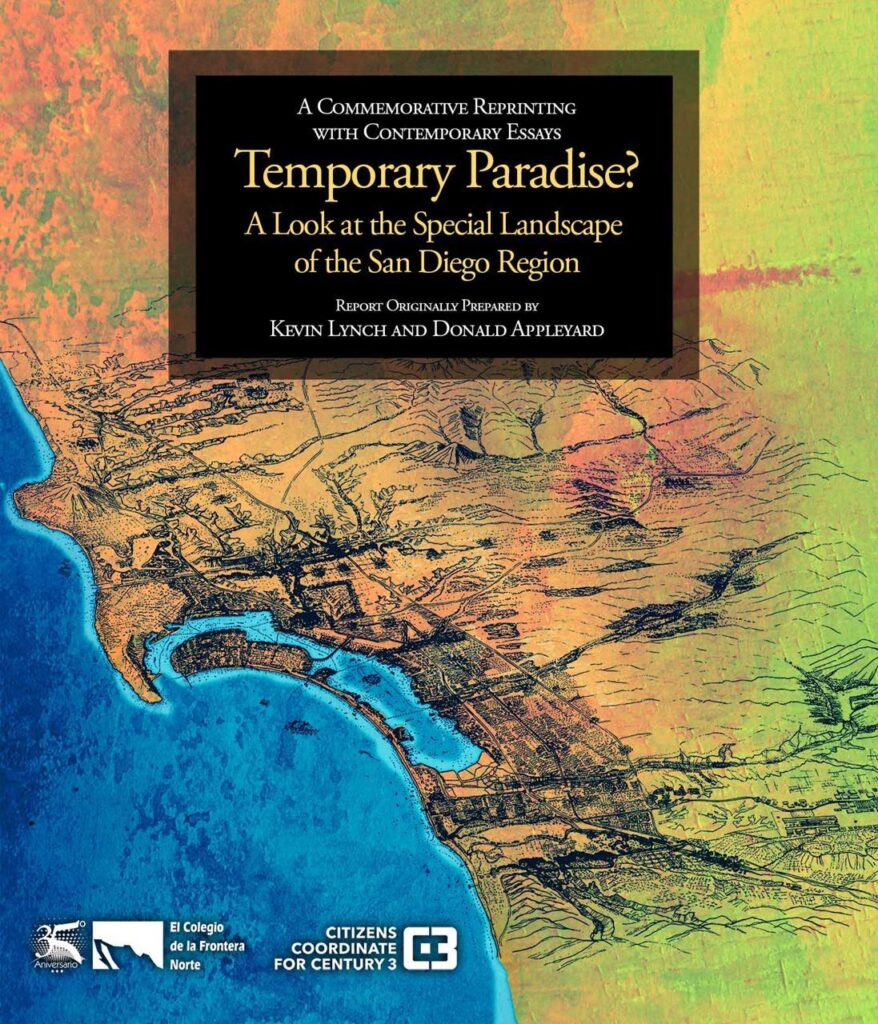
The re-edition of TP in both English and Spanish, as was in the original, confirms that Lynch and Appleyard’s desire to end maps going blank at the border is still a possibility. Temporary Paradise is more than a report; it tells a story of the dynamics (both humans and non-humans) that have made this region one of the most critical global borders.
Rene Peralta
References
Alegria, Tito. Lewis Roger, Peralta, Rene. 2018. A Commemorative Reprinting with Contemporary Essays. Temporary Paradise? A look at the special landscape of the San Diego region. Report Originally Prepared by Kevin Lynch and Donald Appleyard. Tijuana: El Colegio de la Frontera Norte. C3.
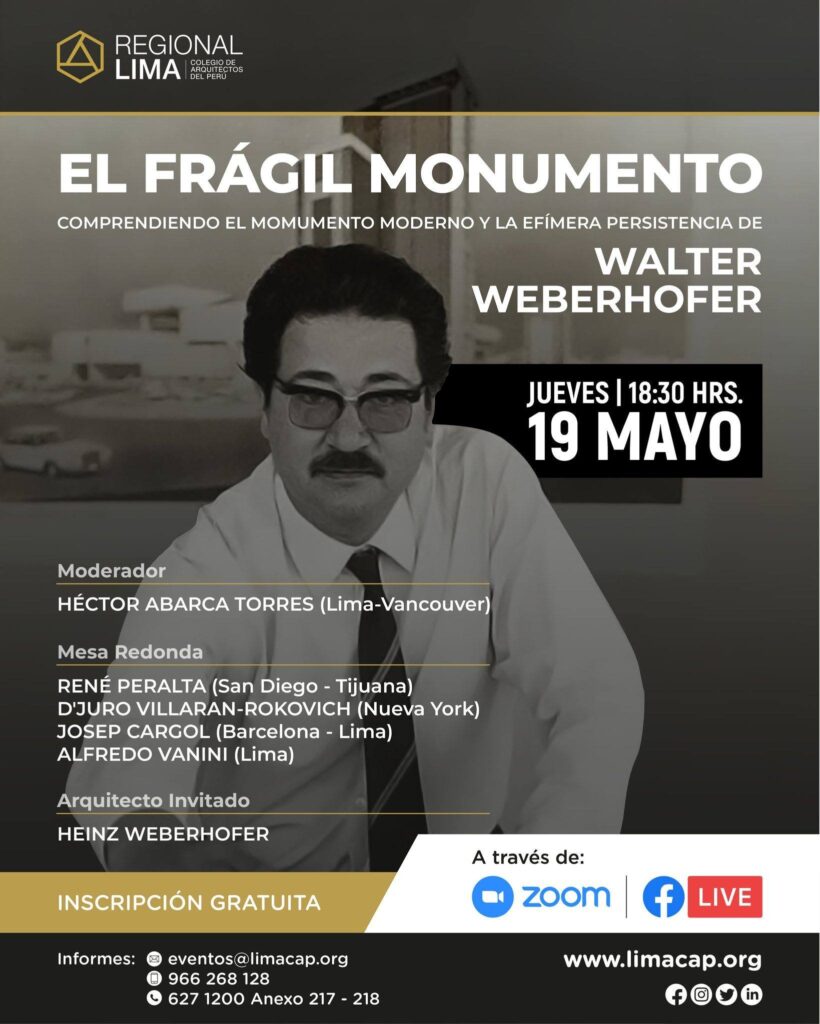
Monuments can be feats of engineering and architecture used to connect the present with the past and pass down a legacy. However, today, monuments are constantly threatened: they can become outdated symbols or no longer be in vogue with the public. How do we conserve significant buildings while they are still considered relevant? The work of one of Peru’s best modern architects Walter Weberhofer (1923-2002), could help us understand how to preserve buildings whose importance will not fade over time.
As part of the activities associated with the Institute of Architects of Peru, Lima chapter, Peruvian architect and historian Hector Abarca Torres invited five international architects on May 19, 2022, to discuss the work of Walter Weberhofer, one of Peru’s most important modernists. Abarca-Torres organized and moderated the online session, which included Walter Weberhofer’s son, Heinz Weberhofer.
The session began with a survey of Walter Weberhofer’s work, his time as a student, and a discussion of his most significant achievements. As one of Peru’s most sought-after architects, Weberhofer designed and built public and private buildings and several acclaimed residences. Some of his most celebrated buildings include the Atlas tower (1955-55), whose design was inspired by Brazilian modernism, and the Casa Fernanidini (1958-59), a house perched on a cliff with cantilever balconies similar to Frank Lloyd Wright’s falling water.
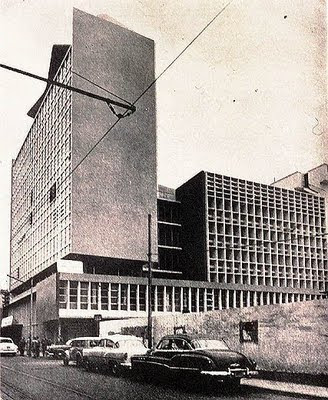
In the context of Weberhofer work, Abarca-Torres frames a series of questions regarding the ownership of architectural patrimony. These interrogations begin the discussion between the paIn the context of Weberhofer’s work, Abarca-Torres frames a series of questions regarding the ownership of architectural patrimony. These interrogations begin the discussion between the panel; the arguments focus on several topics that include the participation of government, academia, and civil society in the responsibility of conserving modern era architectural patrimony.
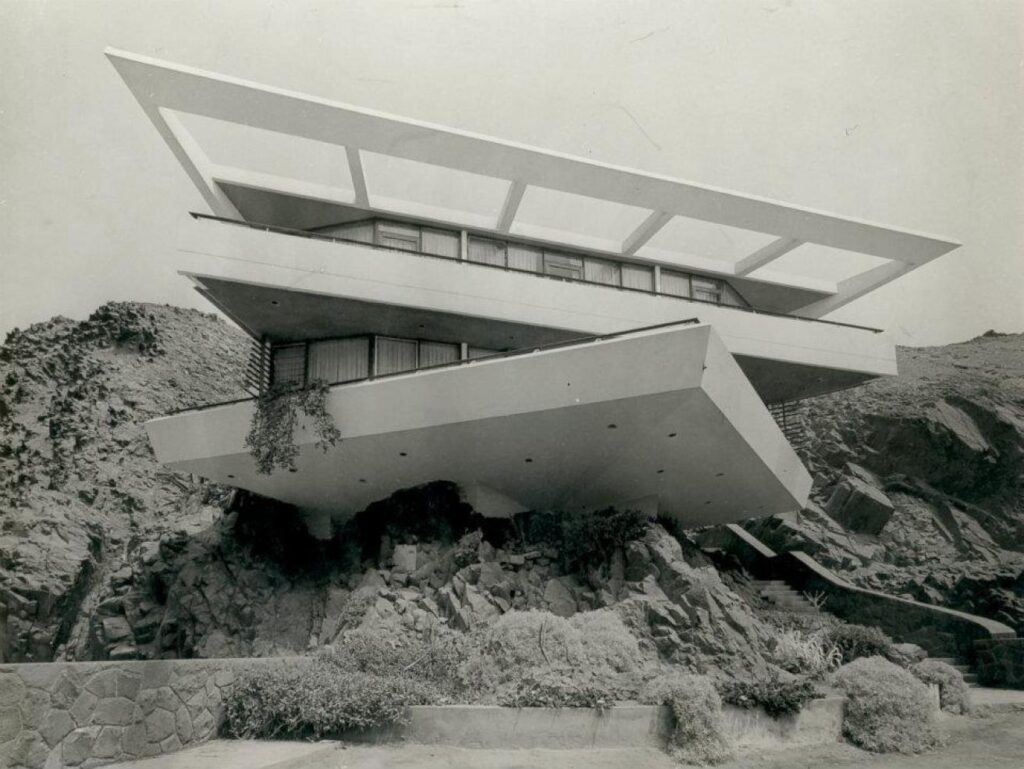
Heinz Weberhofer ended the evening by stating that he had to sell the house built by his father, where he currently lives, for personal reasons. The unknown fate that might befall the structure upon its transfer was somewhat concerning.
The full recording of the session (in Spanish) can be found in the link below.
The Resilient Futures Symposium brings together experts from across the University of Oklahoma (OU) campus to share recent research and explore ways our environments may be adapted to facilitate well-being for both people and the planet.
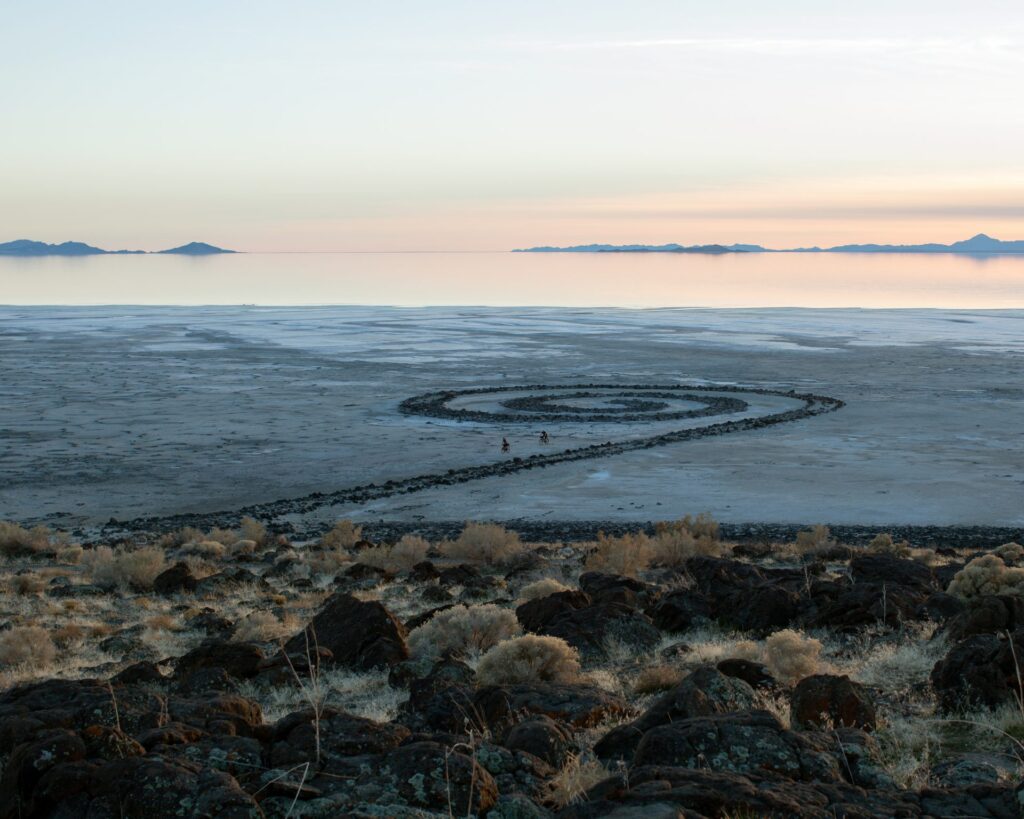
The Resilient Futures Symposium is made possible with support from the OU Gibbs College of Architecture Bruce Goff Chair of Creative Architecture, as well as the OU Institute for Resilient Environmental and Energy Systems, OU Arts and Humanities Forum, OU Data Institute for Societal Challenges, OU Institute for Community and Society Transformation, and OU School of Visual Arts.
Changes in the earth’s climate necessitate a critical rethinking of how and where we live in order to imagine a more resilient and sustainable future for humans, plants, and animals. As severe weather intensifies, coastlines erode, forests burn, and water sources evaporate, millions of people are already being forced to migrate in search of habitable environments. Meanwhile, communities and economies must prepare for the devastating impacts of declining crop yields in the face of climate change. International conflicts are increasingly born out of the fight for diminishing resources resulting from the environmental impacts of climate change. Human migration, urbanization, and development are resulting in encroachment on animal habitats that have brought mankind into greater contact with animal species. The rise of inter-species contact precipitates a rise in the transmission of diseases across species most notably evident in the covid-19 pandemic. These events unfolding around the world have made clear that in addition to trying to slow climate change, we need to think about how to adapt to it. As Martin Pederson and Steven Bingler put it, “If Plan A was to prevent, or at least mitigate, the most serious impacts of climate change, what’s Plan B?” How can we imagine a more resilient future?
The dramatic effects of climate change demand a rethinking of how we inhabit the planet: where we live, how we utilize natural resources, and how we co-exist with other species. To date, however, much effort has been dedicated to mitigating the effects of climate change by reducing dependence on fossil fuels, developing more sustainable energy sources, rethinking manufacturing and waste cycles, and more. Despite these efforts, the facts are clear. The planet is warming. As the OU VPR Strategic Plan describes, “The Global Risks Report 2020 of the World Economic Forum identified extreme weather, climate action failure, natural disasters, biodiversity loss, and human- made environmental disasters as the top five global risks.” Alongside efforts to slow climate change, we must also turn our attention and energy to planning for how to best live with its inevitable effects. While mitigation efforts should continue; we must plan for a future defined by mass migrations of species. Where will we live next? Is it possible, for example, for climate refugees to re-occupy post-industrial cities or rural towns that have lost population? How do we support health and well-being amid such drastic change?
Watch Here

